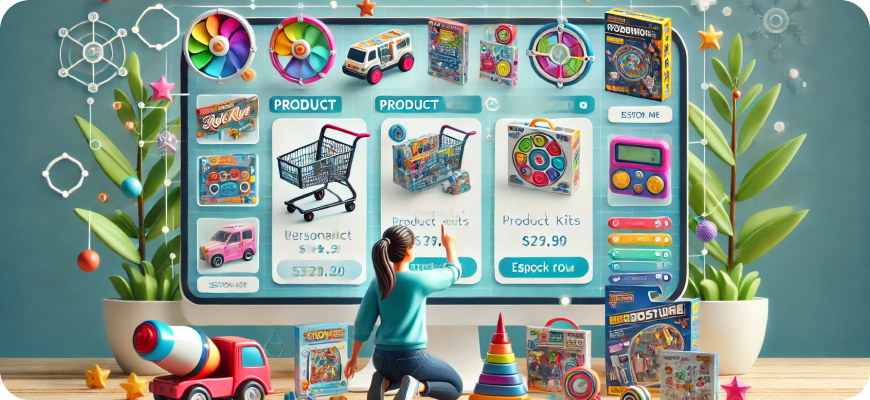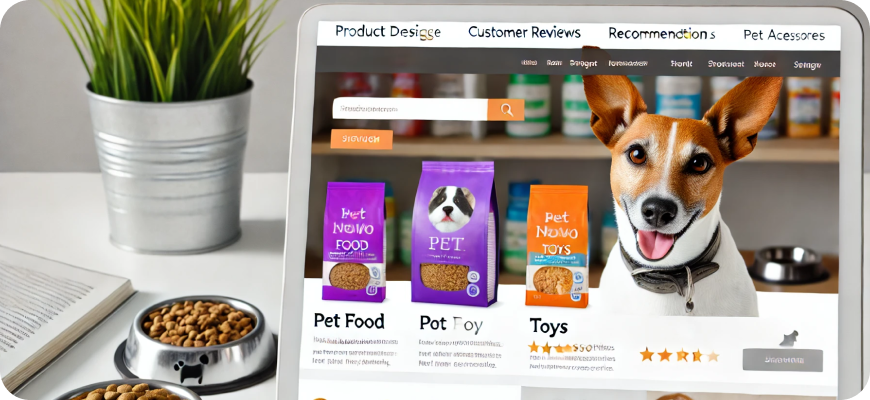How to Increase Sales in an eCommerce Store
Whether you’re just starting out or looking to take your business to the next level, increasing sales requires a strategic approach that focuses on customer experience, marketing, and optimization.
Running an eCommerce store can be highly rewarding, but with intense competition in the digital marketplace, driving sales can be a challenge. Whether you’re just starting out or looking to take your business to the next level, increasing sales requires a strategic approach that focuses on customer experience, marketing, and optimization.
In this article, we’ll explore actionable strategies that you can use to increase sales in your eCommerce store. From improving your site’s design to utilizing advanced marketing techniques, these tips will help you attract more customers, convert them into buyers, and build long-term loyalty.
1. Improve Your Website’s User Experience (UX)

Your eCommerce website is your storefront, and if it’s not user-friendly, you risk losing potential customers. Improving user experience (UX) is critical for increasing conversions.
– Simplify Navigation:
Ensure your site is easy to navigate, with clear categories, intuitive menus, and a well-structured layout. Customers should be able to find what they’re looking for with minimal clicks.
– Optimize for Mobile:
With mobile commerce on the rise, having a mobile-optimized website is crucial. Ensure your site is responsive and provides a seamless experience on smartphones and tablets.
– Streamline the Checkout Process:
A complicated or lengthy checkout process can lead to cart abandonment. Simplify it by reducing the number of steps, offering guest checkout options, and displaying a clear, upfront shipping policy.
– Improve Page Load Speed:
Fast-loading pages are essential for keeping customers engaged. A slow site can lead to high bounce rates and missed sales opportunities. Use tools like Google PageSpeed Insights to monitor and optimize your site’s speed.
2. Offer Discounts and Promotions
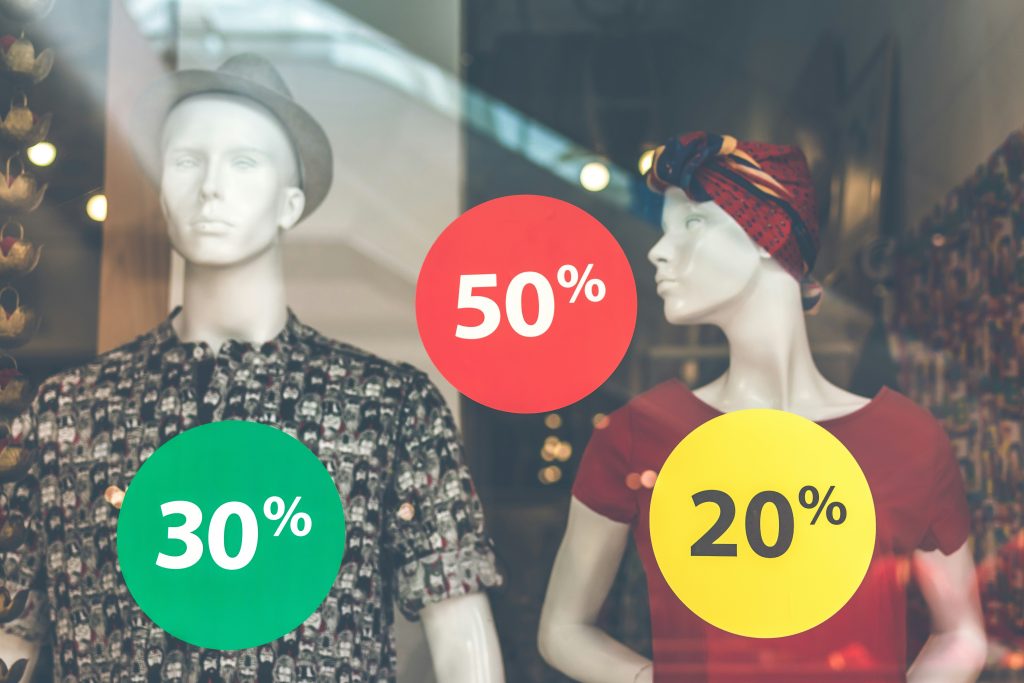
Discounts and promotions are proven ways to attract new customers and incentivize existing ones to make repeat purchases.
– Use Time-Sensitive Offers:
Limited-time promotions, flash sales, or seasonal discounts create urgency, encouraging customers to act quickly before they miss out on a good deal.
– Bundle Products:
Product bundling, where customers can purchase complementary products together at a discount, encourages higher average order values. For example, if you sell skincare products, bundle a cleanser, toner, and moisturizer together.
– Offer Free Shipping:
Shipping costs are one of the main reasons for cart abandonment. Offering free shipping on orders over a certain threshold can encourage customers to complete their purchase.
– Loyalty Programs:
Implement a loyalty or rewards program where customers earn points for every purchase. These points can be redeemed for discounts or free products, increasing customer retention and encouraging repeat business.
3. Leverage Email Marketing

Email marketing remains one of the most effective tools for driving sales and nurturing customer relationships.
– Send Abandoned Cart Emails:
Remind customers who have left items in their cart to complete their purchase. You can even include a discount code or free shipping offer in the email to incentivize them to come back.
– Create Personalized Campaigns:
Segment your email list and send personalized product recommendations based on browsing history or past purchases. Personalized emails have a much higher open and conversion rate than generic campaigns.
– Use Drip Campaigns:
Automate a series of emails to engage customers at different stages of their journey. For example, send a welcome email to new subscribers, followed by product recommendations or special offers over time.
– Highlight New Products or Promotions:
Use email newsletters to keep your customers informed about new arrivals, upcoming sales, or exclusive discounts.
4. Optimize Your Product Pages
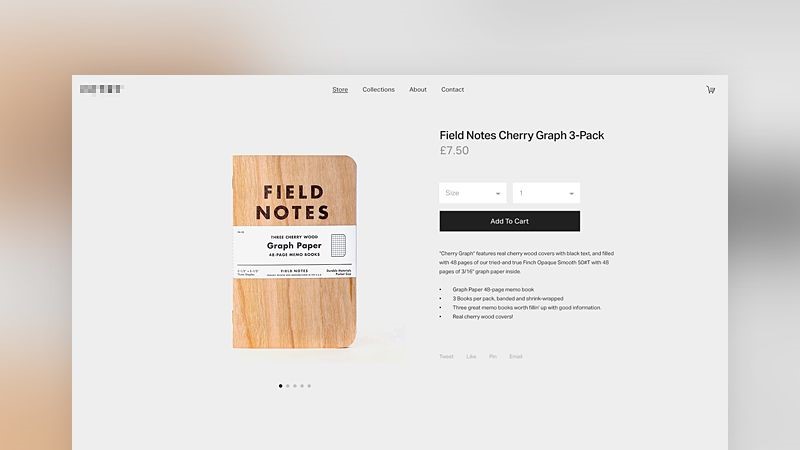
Your product pages are where the magic happens—customers decide whether to buy or not. Optimizing these pages can significantly increase your conversion rate.
– Use High-Quality Images:
Invest in professional product photography and use multiple images to showcase your products from different angles. Customers rely heavily on visuals when shopping online, so the better your product looks, the more likely they are to buy.
– Write Compelling Product Descriptions:
Product descriptions should be informative and persuasive. Highlight the benefits of the product, rather than just listing features, and use clear, concise language that appeals to your target audience.
– Add Customer Reviews:
Displaying customer reviews and testimonials builds trust. Positive reviews reassure potential buyers that your products are high-quality and worth purchasing.
– Use Videos:
Product videos can be a powerful tool for increasing sales. Whether it’s a demo or a tutorial on how to use your product, videos provide valuable information and increase engagement.
5. Leverage Social Proof and User-Generated Content

Social proof is a psychological phenomenon where people are influenced by the actions of others. For eCommerce, this means potential customers are more likely to buy if they see others doing the same.
– Display Customer Reviews and Ratings:
Encourage your customers to leave reviews after purchasing and prominently display these reviews on your product pages. Consider integrating plugins that allow customers to leave star ratings or photo reviews.
– Showcase User-Generated Content:
Encourage customers to share photos of themselves using your products on social media. Feature these images on your website or social media pages to provide real-life examples of your products in use.
– Highlight Best-Sellers:
Featuring best-selling products or categories on your homepage or in emails shows new customers what others are buying, which can influence their own purchasing decisions.
6. Invest in Paid Advertising

If you want to boost sales quickly, paid advertising is a great option. Platforms like Google Ads and social media channels (Facebook, Instagram) allow you to reach your target audience and drive traffic to your store.
– Run Google Shopping Ads:
Google Shopping ads display your products directly in search results with images, prices, and descriptions. This can significantly increase visibility and drive targeted traffic to your store.
– Use Facebook and Instagram Ads:
Social media ads are highly effective for eCommerce, especially for targeting specific demographics. You can create campaigns that promote individual products, discounts, or even retarget visitors who didn’t complete their purchase.
– Utilize Retargeting:
Retargeting ads allow you to reach people who have visited your site but didn’t make a purchase. These ads follow users around the web, reminding them of your products and encouraging them to come back.
7. Improve Your SEO Strategy
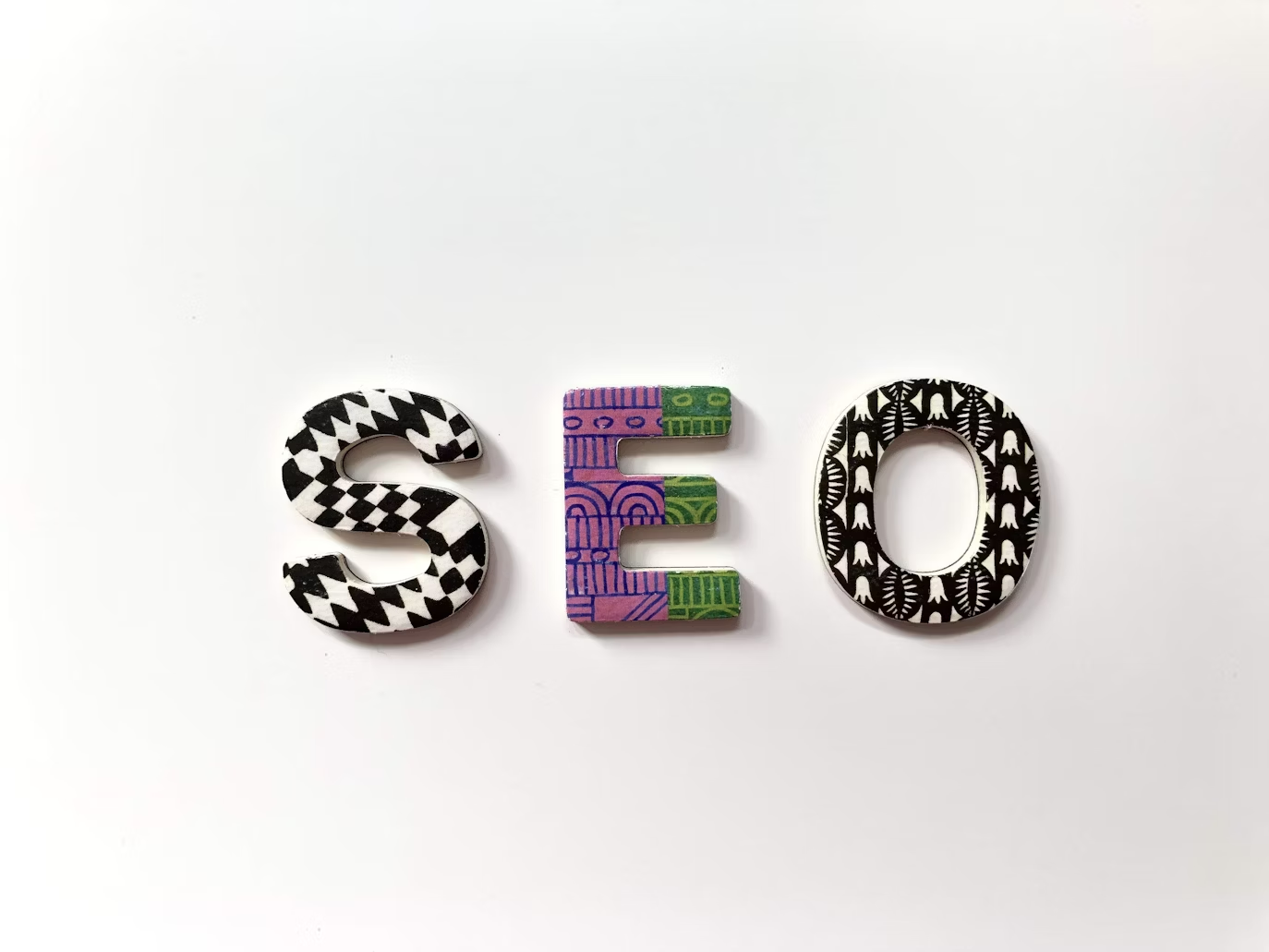
Search engine optimization (SEO) is essential for driving organic traffic to your eCommerce store. The higher your site ranks in search engine results, the more visibility it gets, which leads to more sales.
– Optimize Product Descriptions:
Ensure your product descriptions are optimized for search engines by including relevant keywords. However, make sure the content remains natural and easy to read for customers.
– Create Valuable Content:
Launch a blog on your eCommerce site and write articles that answer common questions related to your products or industry. Not only does this improve SEO, but it also positions your store as an authority in your niche.
– Optimize for Local Search:
If you have a physical store, optimize your site for local SEO by including location-specific keywords and creating a Google My Business profile.
8. Utilize Upselling and Cross-Selling Techniques

Upselling and cross-selling are strategies used to encourage customers to buy additional or higher-value products.
– Upsell on Product Pages:
When a customer is viewing a product, display similar but higher-end items. For example, if someone is looking at a laptop, show a more expensive version with enhanced features.
– Cross-Sell at Checkout:
Offer related products during the checkout process. For instance, if a customer is purchasing a camera, suggest accessories like camera bags or tripods.
– Offer Volume Discounts:
Encourage customers to buy more by offering discounts on bulk purchases. For example, offer a 10% discount when they buy three or more items.
9. Focus on Customer Retention

Acquiring new customers is important, but retaining them is equally, if not more, valuable. Repeat customers spend more than new customers, so focusing on retention can lead to increased long-term sales.
– Provide Excellent Customer Service:
Ensure your customer support is top-notch. Offering live chat support or a robust FAQ section can address customer concerns quickly and prevent them from abandoning their purchase.
– Follow Up Post-Purchase:
After a customer makes a purchase, follow up with an email thanking them and offering personalized product recommendations. You can also send a survey to gather feedback and improve the customer experience.
– Encourage Referrals:
Create a referral program that rewards customers for referring new buyers to your store. Word-of-mouth marketing is a powerful tool for attracting new customers and increasing sales.
Final Thoughts
Increasing sales in an eCommerce store isn’t about just one strategy – it’s about creating a seamless experience that engages customers from their first visit to their post-purchase interactions. By improving your site’s user experience, leveraging marketing tools, optimizing product pages, and focusing on customer retention, you’ll be well on your way to driving more sales and growing your business.
Implementing a combination of these strategies will help you create a sustainable sales funnel, build customer loyalty, and ultimately achieve long-term success for your eCommerce store.



